Spring is a magical time for gardeners. After the cold, gray days of winter, there’s nothing quite like the burst of color and life that comes with the arrival of spring. But before you can sit back and enjoy your garden in full bloom, there’s work to be done. Preparing your garden for spring is essential for ensuring a bountiful and beautiful season ahead.
From cleaning up winter debris to planting new flowers and vegetables, here are 10 essential tips to get your garden ready for spring.
1. Clear Away Debris:
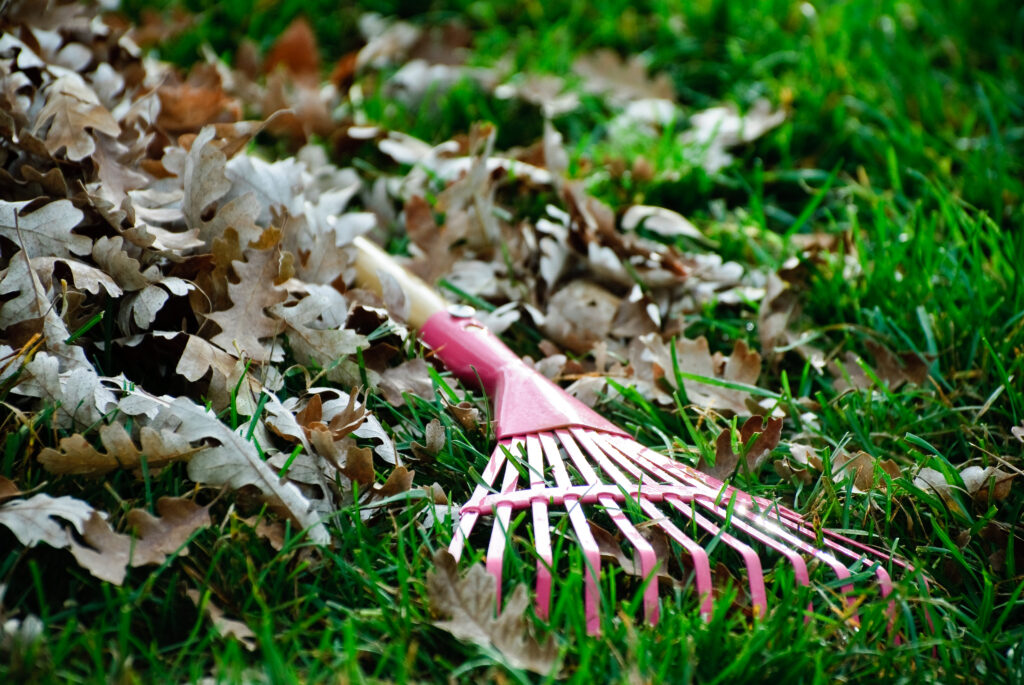
Start by clearing away any debris that has accumulated in your garden over the winter months. Remove fallen leaves, dead plants, and any other debris that may be cluttering up your garden beds. This will not only make your garden look tidier but also help prevent pests and diseases from taking hold.
2. Prune Trees and Shrubs:
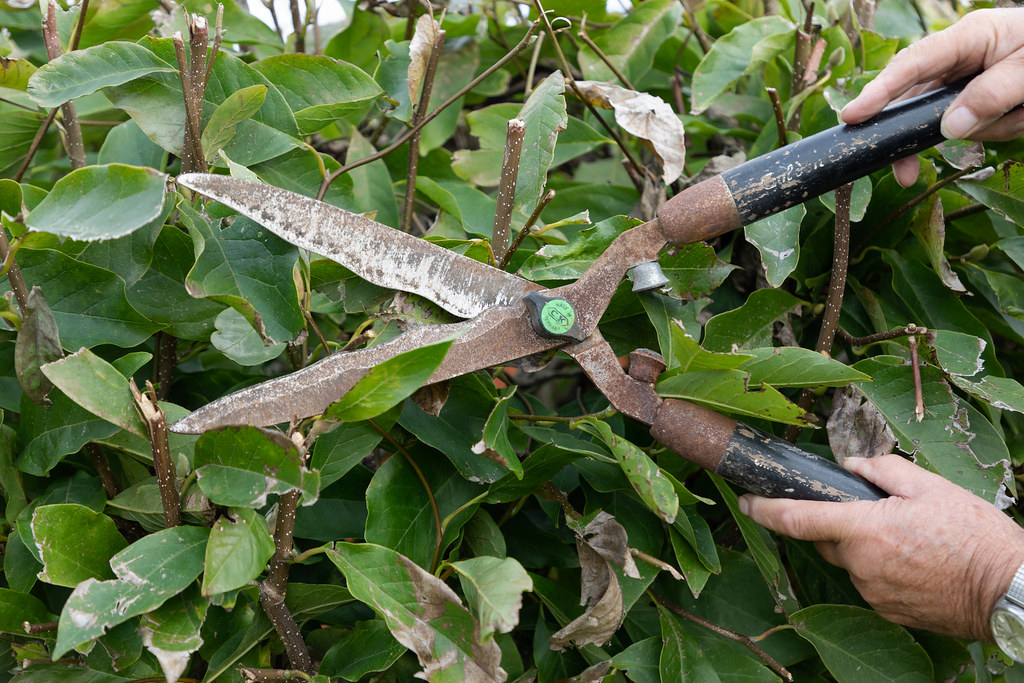
Early spring is the perfect time to prune your trees and shrubs before they start to put out new growth. Remove any dead or damaged branches, as well as any branches that are crossing or rubbing against each other. This will help improve the health and appearance of your plants and encourage them to grow more vigorously.
3. Clean and Sharpen Tools:
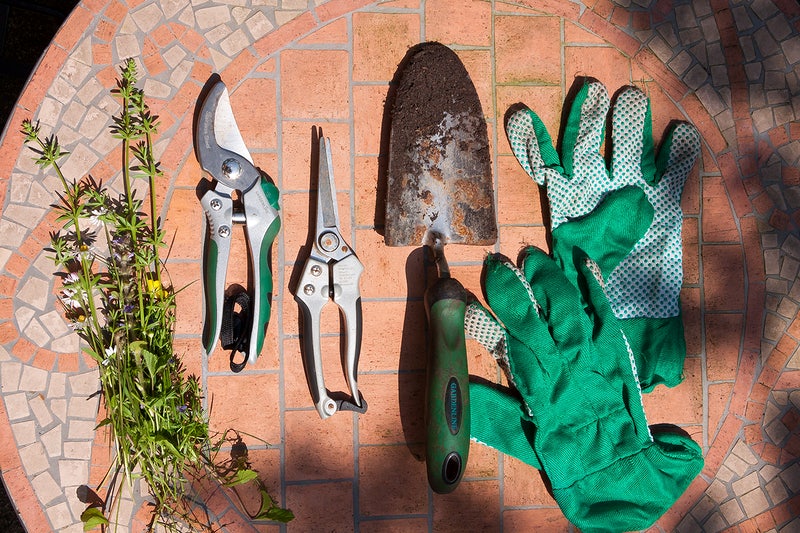
Before you get to work in the garden, take some time to clean and sharpen your gardening tools. Remove any dirt or rust from your tools, and sharpen blades and pruners as needed. Sharp tools will make your gardening tasks easier and more efficient, so don’t skip this important step.
4. Amend Soil:

Spring is the perfect time to amend your soil with organic matter such as compost or well-rotted manure. Spread a layer of compost over your garden beds and work it into the soil with a garden fork or tiller. This will help improve soil structure, fertility, and drainage, providing a healthy foundation for your plants to thrive.
5. Test Soil pH:

Consider testing your soil pH to ensure it’s within the optimal range for the plants you want to grow. You can purchase a soil testing kit from your local garden center or cooperative extension office. Adjusting your soil pH as needed will help ensure that your plants are able to access the nutrients they need for healthy growth.
6. Plan Your Planting:

Take some time to plan out your spring planting schedule. Consider which flowers, vegetables, and herbs you want to grow, and make a list of the seeds or seedlings you’ll need to purchase. Pay attention to your local climate and frost dates to ensure that you’re planting at the right time for your region.
7. Start Seeds Indoors:
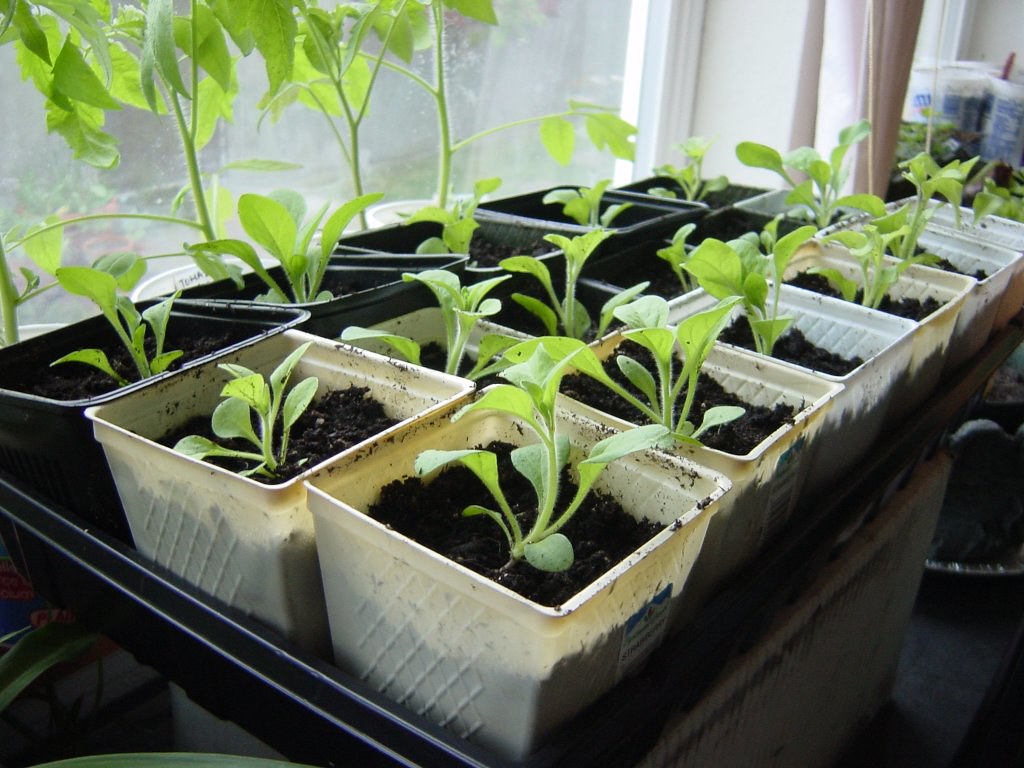
If you’re planning to grow vegetables or annual flowers from seed, now is the time to start them indoors. Fill small containers with seed starting mix, plant your seeds according to the instructions on the packet, and place them in a warm, sunny location indoors. Keep the soil moist but not waterlogged, and transplant seedlings into larger containers or into the garden once they have several sets of true leaves.
8. Divide Perennials:

Spring is also a great time to divide and transplant any overcrowded perennial plants in your garden. Dig up the clumps of perennials, such as Plantain lilies or day lilies, and carefully separate them into smaller sections. Replant the divisions in their new locations, making sure to water them well to help them establish quickly.
9. Mulch Garden Beds:
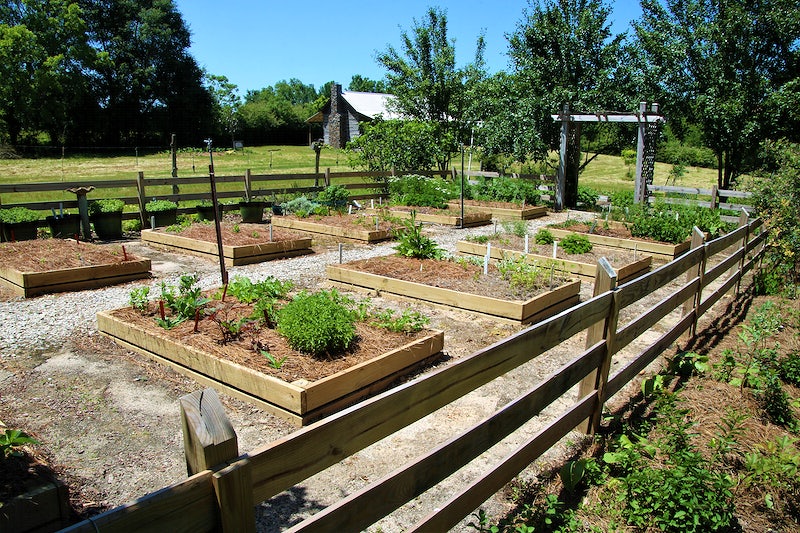
Once you’ve planted your spring flowers and vegetables, don’t forget to mulch your garden beds. Mulching helps conserve moisture, suppress weeds, and regulate soil temperature, creating a healthier environment for your plants to grow. Use organic mulches such as shredded leaves, straw, or bark chips, and spread them evenly over the soil surface.
10. Stay on Top of Maintenance:
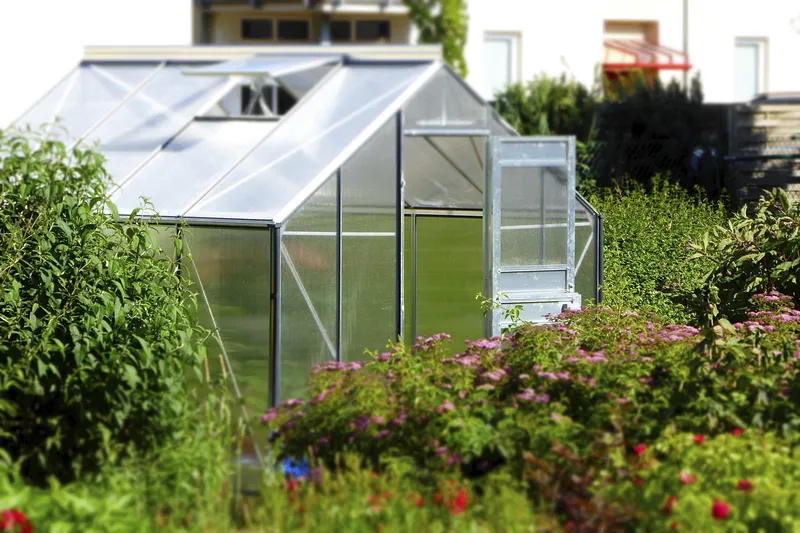
Finally, don’t forget to stay on top of garden maintenance throughout the spring season. Water your plants regularly, especially during dry spells, and keep an eye out for pests and diseases. Deadhead flowers to encourage continuous blooming, and harvest vegetables as they ripen to encourage further production.
Conclusion:
Preparing your garden for spring may require some effort, but the rewards are well worth it. By following these 10 essential tips, you can ensure that your garden is ready to burst into full bloom when spring arrives. So, roll up your sleeves, grab your gardening gloves, and get ready to enjoy a season of beauty and abundance in your own backyard. Happy gardening!

